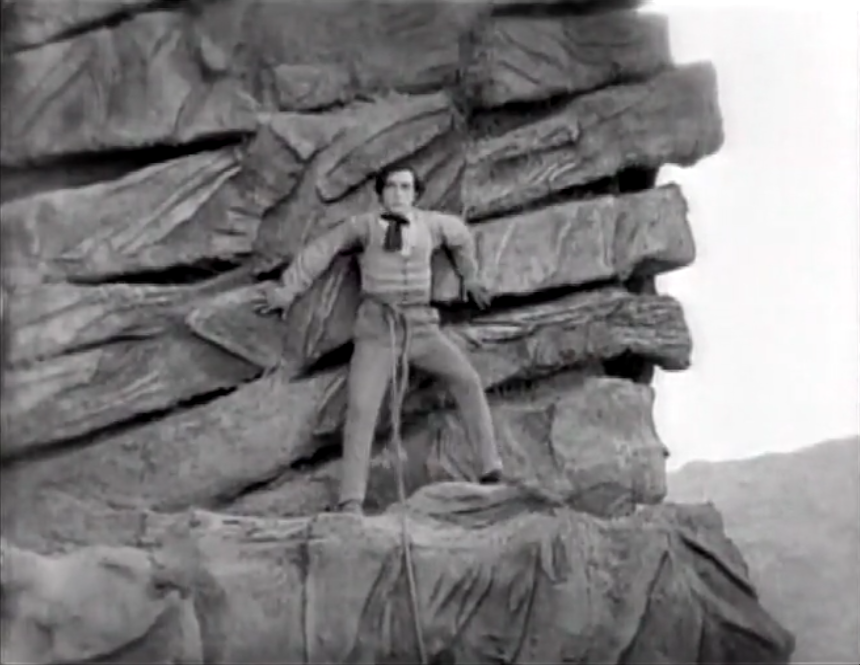This post is part of our ‘mountain research spotlights’ series, sharing the work and insights of colleagues working on mountains across the humanities (and beyond).
 Name and institution: Christian Quendler, University of Innsbruck
Name and institution: Christian Quendler, University of Innsbruck
Research summary:
My research project “Delocating Montains: Cinematic Landscape and the Alpine Model” contributes to a new cultural and media history of cinematic mountains. While historical studies of the mountain film have focused on the legacy of the German Bergfilm of the 1920s and 30s as a pioneering moment and generic model of mountain films, this research project argues for a more comprehensive understanding of mountain cinema that includes earlier, forgotten, and neglected discourses on interactions between cinema and mountains. Cinematic mountains have been instrumental in conceptualizing the social, cultural, and technological mobility of the cinematic gaze. They have been crucial in remediating art-historical notions of landscape and in developing various strands of pictorial, figural, generic, affective, and ecocritical theories of film and media. The project’s investigation of cinematic mountains is guided by three kinds of cinematic delocations––three innovative methods and research perspectives––that address (1) theoretical and conceptual implications of cinematic mountains, (2) geopolitical dimensions and transnational aspects as well as (3) non-alpinist impulses in the cinematic mediation of mountains. This brings into relief a number of cinematic mountains often excluded from or neglected in discussions of mountain films and invites us to contemplate new configurations of cinematic mountains that gauge the limits of the Alpine model.
Would you describe yourself as working within the mountain humanities / mountain studies?
Although my primary interest is in film studies and ecocinema, my research contributes both to environmental humanities and mountain studies. I am particularly interested in the ecological dimension of film and media images. How do mountain movies not only shape our perception of mountains but how do they also actively and physically change our environment?

Cinematic mountains are imagistic networks. The fact that that a particular mountain appears in a film is not so much a matter of natural beauty or artistic vision, but depends on natural, cultural and economic infrastructures. How diverse is the landscape for other possible film locations? How accessible are these? Is animal transportation readily available? Regional architecture is equally important for realizing historical films of different eras. Are there production-related businesses on site? How big are financial subsidies and tax deals? Etc. In this sense, cinematic mountains not only present us with a mountain panorama but add panoramas of global brands and trademarks to landscape.
Can you tell us a bit about one of your publications in this area of research?
Cornelia Klecker & Christian Quendler (2023) “Cinematic figurations of mountains,” New Review of Film and Television Studies, 21:1, 1-18, DOI: 10.1080/17400309.2023.2163864 (this is an Open Access article).
Studies in mountain cinema often focus on the innovations and legacies of the classical German film of the 1920s and ’30s. In this introduction to a special issue on Cinematic Mountains, that I have edited with Cornelia Klecker, we propose to rethink the relationship between mountains and cinema along a different path. Drawing on the criticism of Jean Epstein, Béla Balázs, André Bazin, and Luc Moullet, we discuss three film-theoretical figurations of mountains. The first one concerns the politics of cinema; it invokes mountains as sites of creative visions at a remove from accustomed habits, standards, and conventions. The second addresses the environmental relation of cinema as a spatial and geographic artform. The third cinematic figuration of mountains regards filmic techniques and their virtue to reveal new facets of mountains and meaningful environmental connections.
